Research
A Short Movie About Our Research
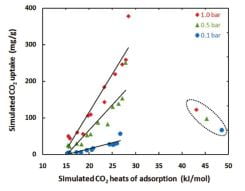
Separations and the Environment
Nanoporous materials are poised to play an important role in important separation processes that can improve the environment. We are developing new materials to trap harmful molecules while allowing others to pass in applications such as capturing CO2 from flue gas and trapping hydrocarbon emissions from automotive exhaust.
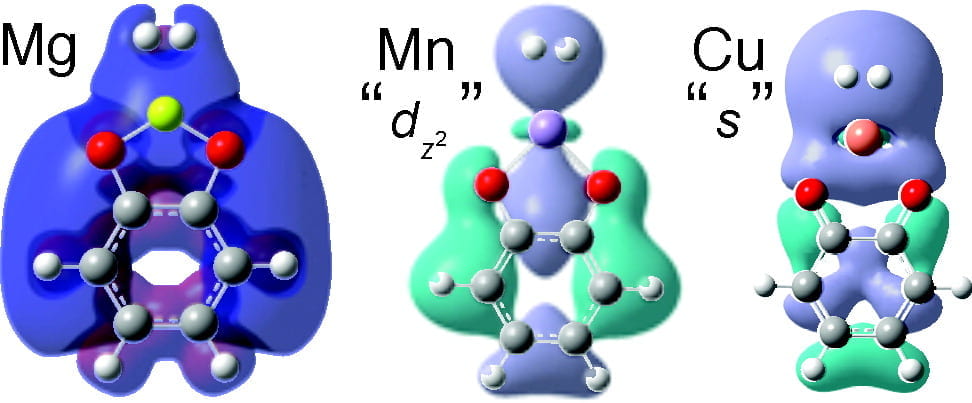
Energy Storage
The extremely large surface area, high void volume, and low framework density of metal-organic frameworks (MOFs) make these materials promising for storage of fuels such as hydrogen and natural gas. We are using molecular-level modeling to optimize the design of nanoporous materials for improved energy storage in fuel cell or natural gas vehicles.
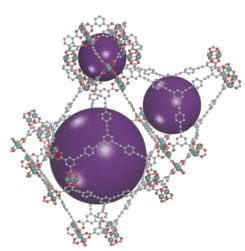
Modeling Nanoporous Materials
The tremendous diversity of nanoporous materials discovered in the past decade creates a new challenge: how do we find the best materials for a particular application? By learning how to accurately model the behavior of nanoporous materials, we hope to facilitate the selection process by predicting the behavior of these materials for a variety of applications.
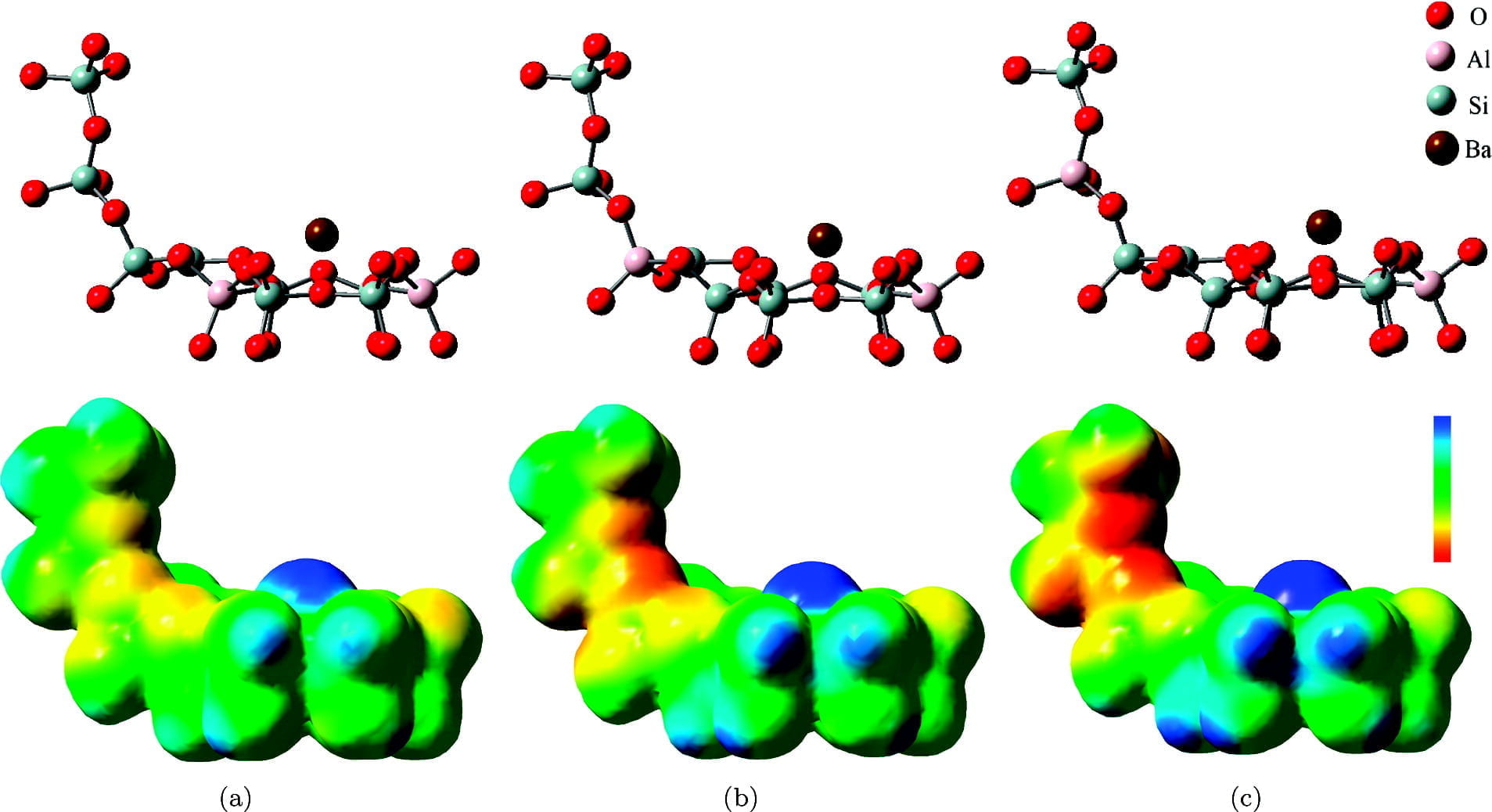
Catalysis
Nanoporous materials have the potential to combine the best features of homogeneous and heterogeneous catalysts. We are working to develop heterogeneous catalysts where the active sites are all identical, can be completely characterized, and can be tailored.
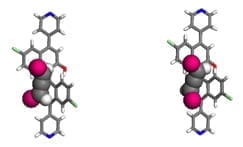
Enantioselective Separations
Separation of chiral molecules is important for the production of enantiopure molecules in the pharmaceutical, agricultural, and fragrance industries. Chiral MOFs are promising materials for these separations, and their crystalline nature may greatly improve our understanding of chiral recognition..